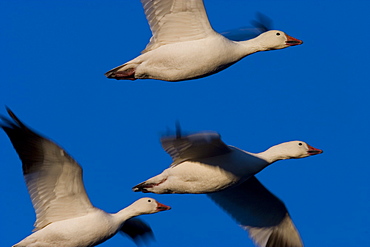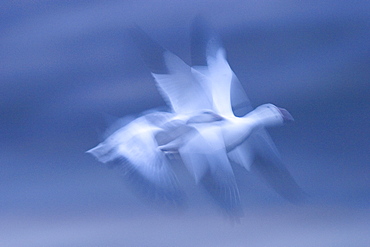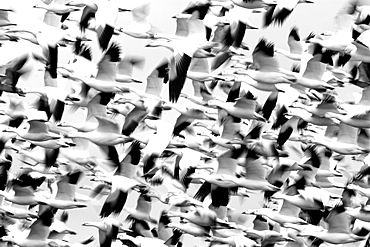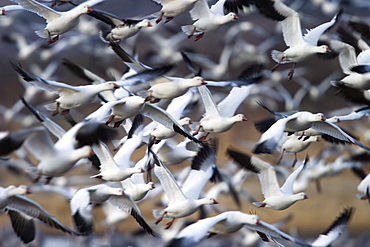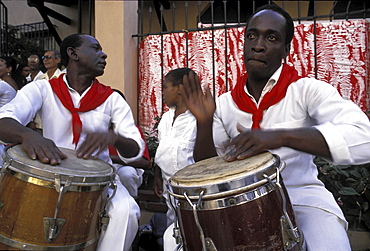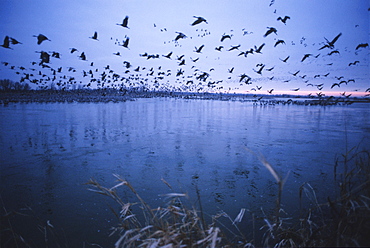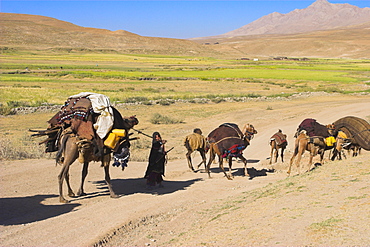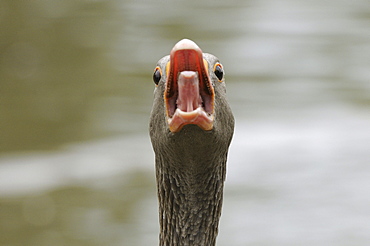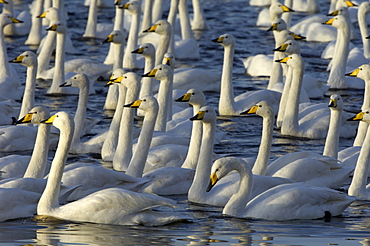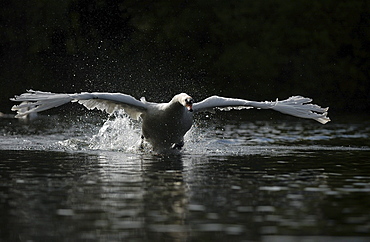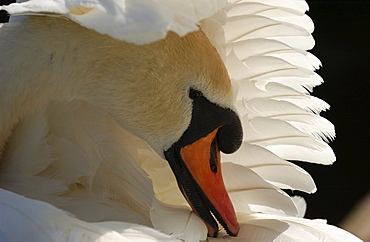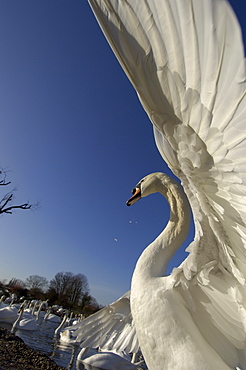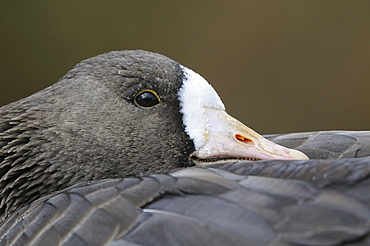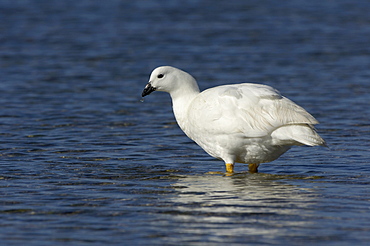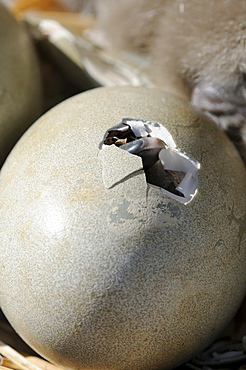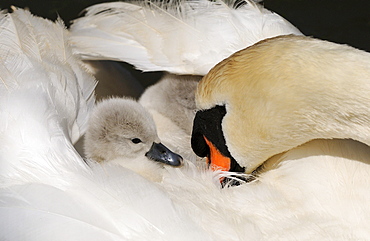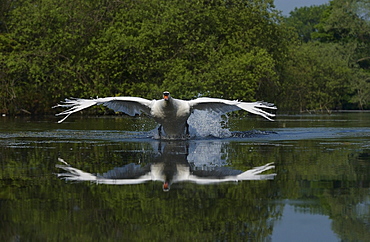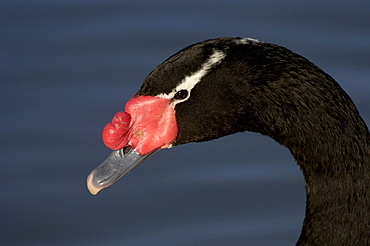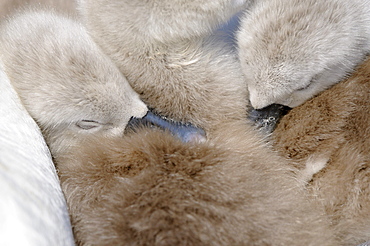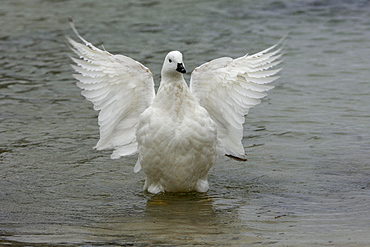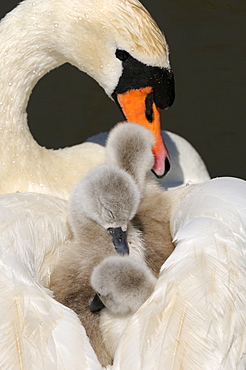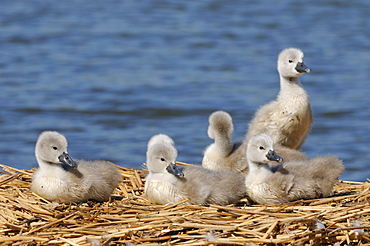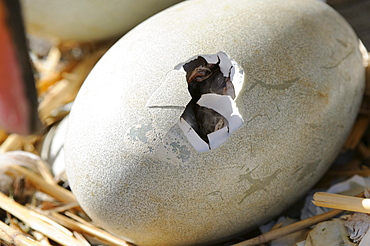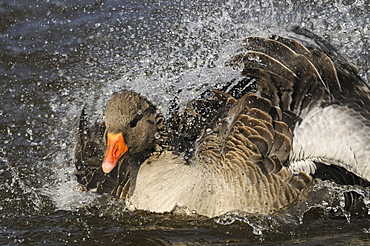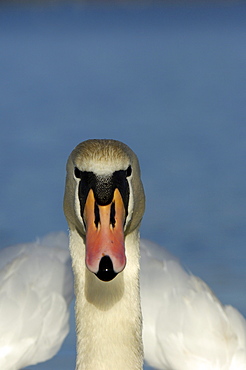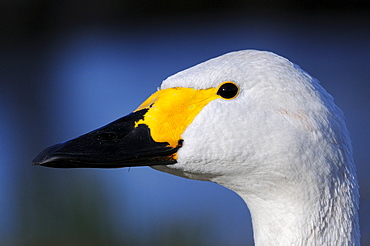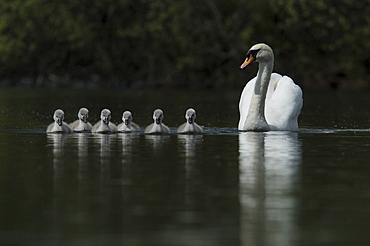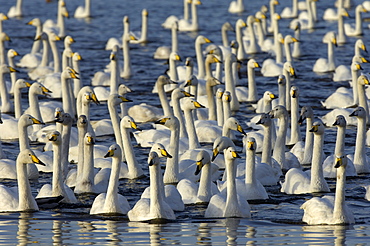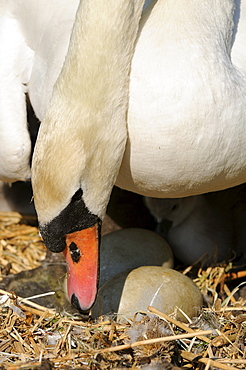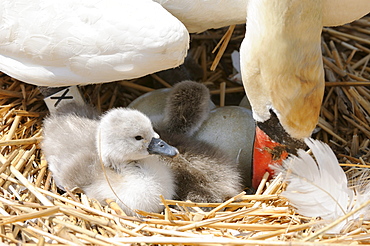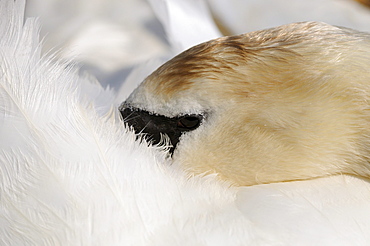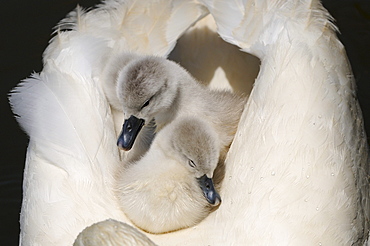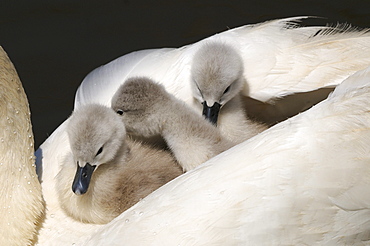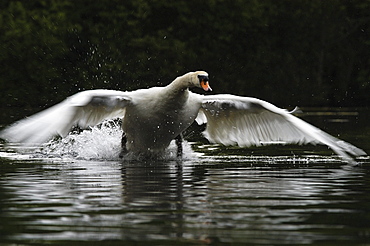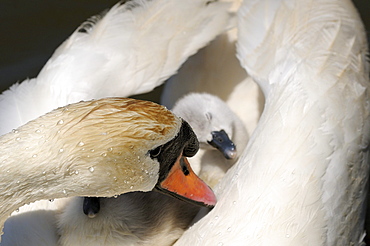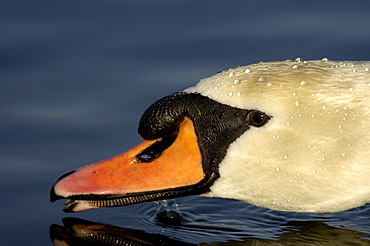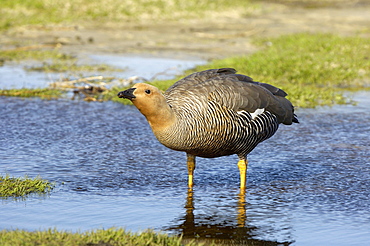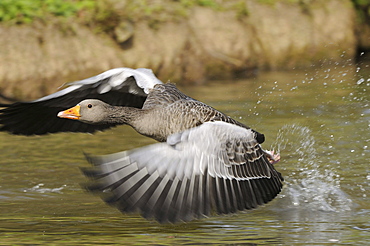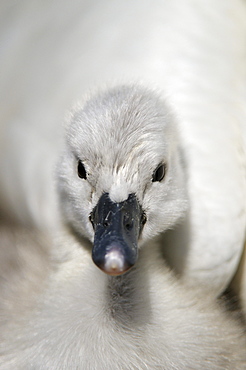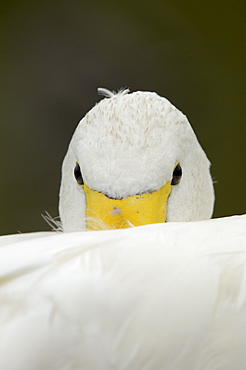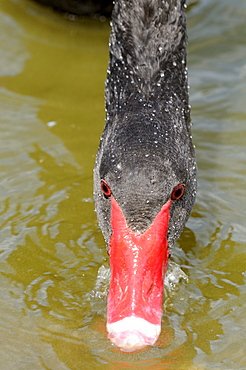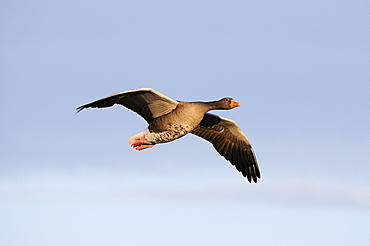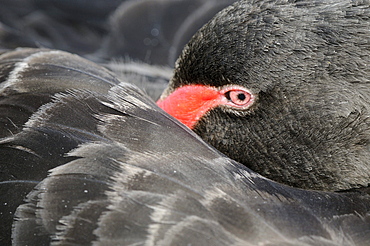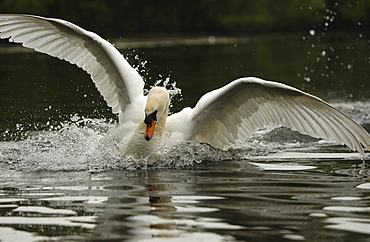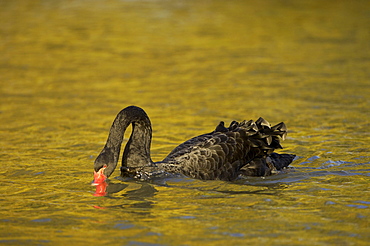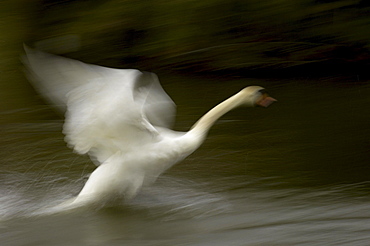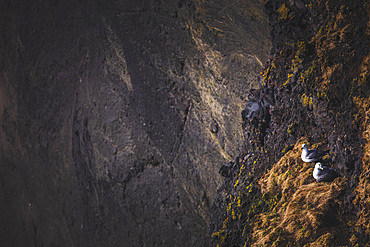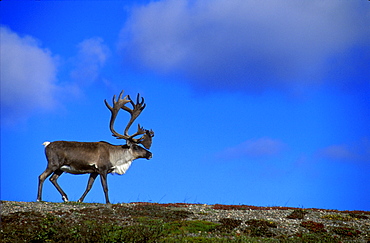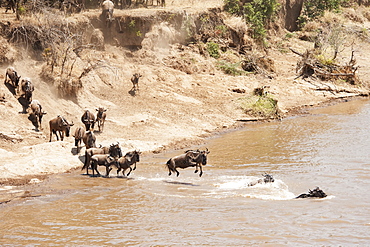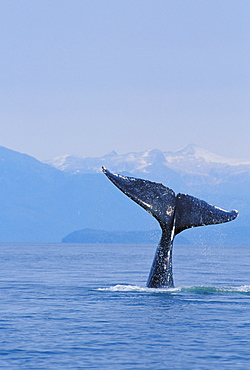Results
16 results found
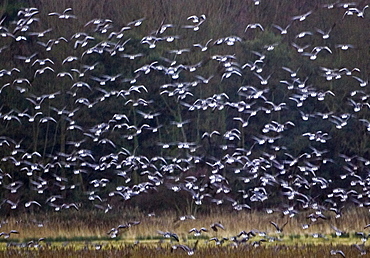
Migrating Pink-Footed geese over-wintering at Holkham, North Norfolk coast, East Anglia, Eastern England
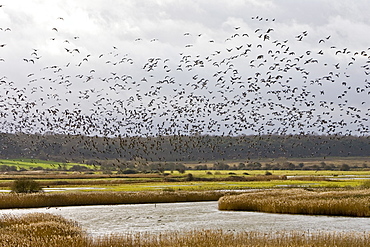
Migrating Pink-Footed geese over-wintering at Holkham, North Norfolk coast, East Anglia, Eastern England
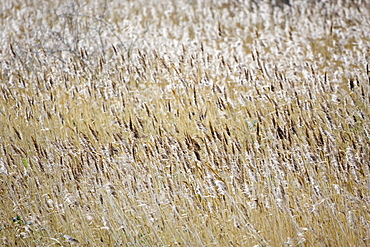
Migrating Pink-Footed geese over-wintering at Holkham, North Norfolk coast, East Anglia, Eastern England
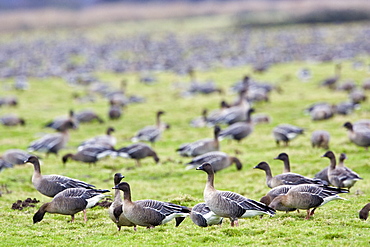
Migrating Pink-Footed geese over-wintering on marshland at Holkham, North Norfolk coast, East Anglia, Eastern England

Migrating Pink-Footed geese over-wintering on marshland at Holkham, North Norfolk coast, East Anglia, Eastern England
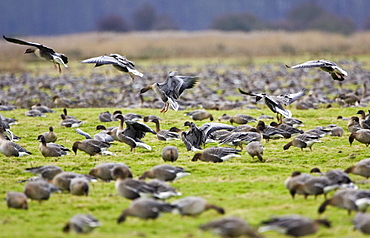
Migrating Pink-Footed geese over-wintering on marshland at Holkham, North Norfolk coast, East Anglia, Eastern England

Migrating Pink-Footed geese over-wintering near Holkham, North Norfolk coast, East Anglia, Eastern England
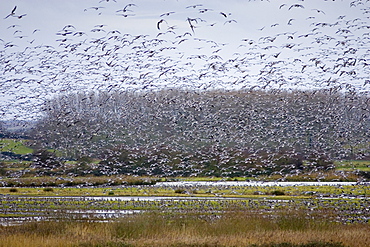
Migrating Pink-Footed geese over-wintering at Holkham, North Norfolk coast, East Anglia, Eastern England
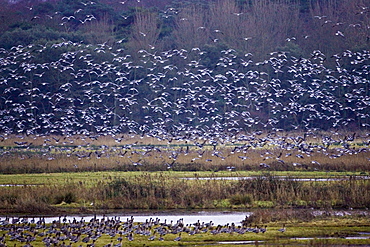
Migrating Pink-Footed geese over-wintering on marshland at Holkham, North Norfolk coast, East Anglia, Eastern England

Migrating Pink-Footed geese over-wintering at Holkham, North Norfolk coast, East Anglia, Eastern England
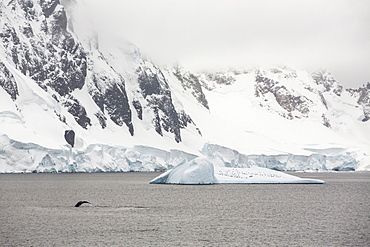
Humpback Whales (Megaptera novaeangliae) feeding on Krill in Wilhelmena Bay, Antarctic Peninsular and surfacing wth a metre of a zodiak. The whales migrate here in the summer to feed on the Krill. Krill numbers have declined by over 50%. They feed on algae that grows on the underside of sea ice, As the sea ice melts, both algae and krill decline. This shot has penguins resting on an iceberg in the background.
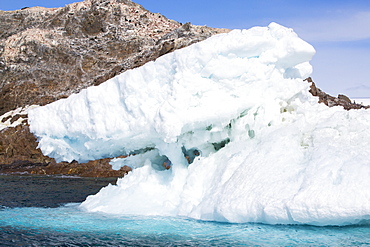
Guano in an Adelie Penguin, Pygoscelis adeliae, colony at Madder Cliffs, Suspiros Bay, at the west end of Joinville Island, Antarctica. Adelie's are a true Antarctic species which are suffering as a result of climate change, The Antarctic Peninsular, their only breeding grounds, is one of the fastest warming areas on the planet. This is causing Adelies to migrate south. They are reducing in numbers, they feed almost exclusively on Krill, which is also declining as a result of climate change.
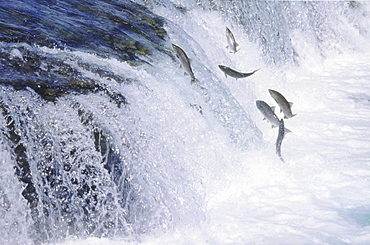
Sockeye salmon, oncorhynchus nerka. At waterfall / leaping over waterfall; summer usa, alaska, brooks falls
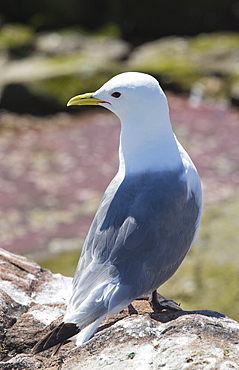
A Kittiwake, Rissa tridactyla, on the Farne Islands, Northumberland, UK, next to a pool with red algae. Kittiwakes have declined drastically due to climate change causing their main fish prey species to migrate further north to find cooler sea temperatures.
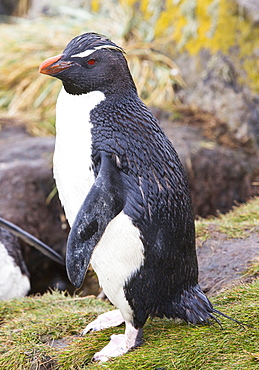
Rockhopper Penguins (Eudyptes chrysocome) washing in a stream on Westpoint island in the Falkland Islands off argentina, in South America. Numbers off rocxkhoppers have declined substantially, partly due to competition with commercial fishing and partly due to climate change, which causes their prey food to migrate to cooler waters.
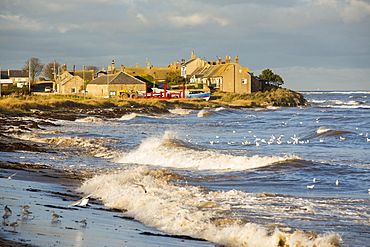
Black Headed Gulls fedding on Seaweed flies that are being flushed out of the seaweed on the strand line at high tide, at Boulmer, Northumberland, UK.
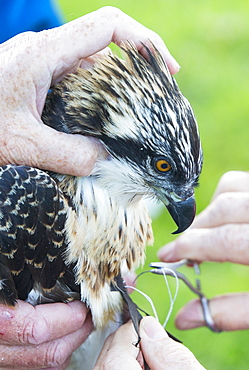
On Friday 11th July 2014, the Young Ospreys that nest on Bassenthwaite in the Lake District National Park, Cumbria, UK, are ringed and fitted with a satelite tracker. they are ringed by Pete Davis, a licensed bird ringer, and the satelite tracker is fitred by Roy Dennis. Roy is theonly person in the UK, licensed to fit satelite trackers to birds of prey. The tracing is part of the Bassenthwaite Osprey project, to see whereabouts in Africa the young migrate to, before returning hopefully to the UK to nest.Ospreys recolonized the Lake district in 2001, after an absence ovf over 150 years. In the last fourteen years of breeding over half a million people have visited the project to view these spectacular fish eating birds.
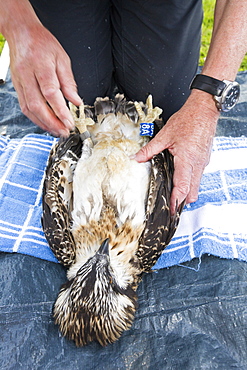
On Friday 11th July 2014, the Young Ospreys that nest on Bassenthwaite in the Lake District National Park, Cumbria, UK, are ringed and fitted with a satelite tracker. they are ringed by Pete Davis, a licensed bird ringer, and the satelite tracker is fitred by Roy Dennis. Roy is theonly person in the UK, licensed to fit satelite trackers to birds of prey. The tracing is part of the Bassenthwaite Osprey project, to see whereabouts in Africa the young migrate to, before returning hopefully to the UK to nest.Ospreys recolonized the Lake district in 2001, after an absence ovf over 150 years. In the last fourteen years of breeding over half a million people have visited the project to view these spectacular fish eating birds.
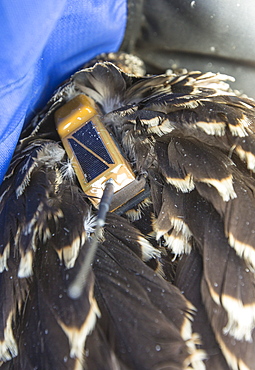
On Friday 11th July 2014, the Young Ospreys that nest on Bassenthwaite in the Lake District National Park, Cumbria, UK, are ringed and fitted with a satelite tracker. they are ringed by Pete Davis, a licensed bird ringer, and the satelite tracker is fitred by Roy Dennis. Roy is theonly person in the UK, licensed to fit satelite trackers to birds of prey. The tracing is part of the Bassenthwaite Osprey project, to see whereabouts in Africa the young migrate to, before returning hopefully to the UK to nest.Ospreys recolonized the Lake district in 2001, after an absence ovf over 150 years. In the last fourteen years of breeding over half a million people have visited the project to view these spectacular fish eating birds.
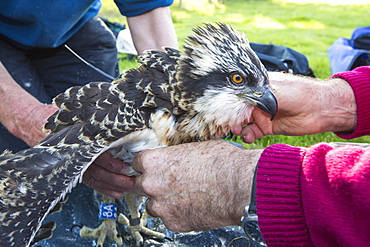
On Friday 11th July 2014, the Young Ospreys that nest on Bassenthwaite in the Lake District National Park, Cumbria, UK, are ringed and fitted with a satelite tracker. they are ringed by Pete Davis, a licensed bird ringer, and the satelite tracker is fitred by Roy Dennis. Roy is theonly person in the UK, licensed to fit satelite trackers to birds of prey. The tracing is part of the Bassenthwaite Osprey project, to see whereabouts in Africa the young migrate to, before returning hopefully to the UK to nest.Ospreys recolonized the Lake district in 2001, after an absence ovf over 150 years. In the last fourteen years of breeding over half a million people have visited the project to view these spectacular fish eating birds.
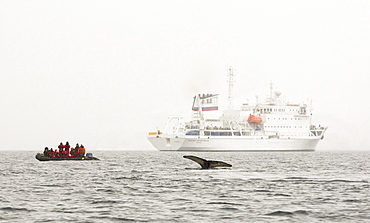
Humpback Whales (Megaptera novaeangliae) feeding on Krill in Wilhelmena Bay, Antarctic Peninsular. The whales migrate here in the summer to feed on the Krill. Krill numbers have declined by over 50%. They feed on algae that grows on the underside of sea ice, As the sea ice melts, both algae and krill decline. An expedition cruise ship in the background
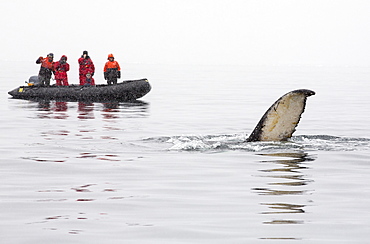
Humpback Whales (Megaptera novaeangliae) feeding on Krill in Wilhelmena Bay, Antarctic Peninsular. With passengers from an expedition crusie in Zodiaks. The whales migrate here in the summer to feed on the Krill. Krill numbers have declined by over 50%. They feed on algae that grows on the underside of sea ice, As the sea ice melts, both algae and krill decline.
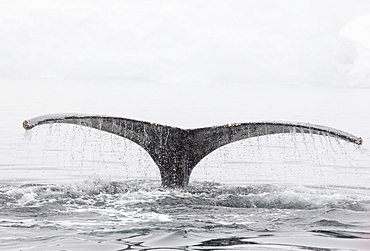
Humpback Whales (Megaptera novaeangliae) feeding on Krill in Wilhelmena Bay, Antarctic Peninsular. The whales migrate here in the summer to feed on the Krill. Krill numbers have declined by over 50%. They feed on algae that grows on the underside of sea ice, As the sea ice melts, both algae and krill decline.
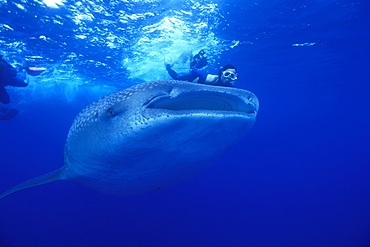
Whale shark. Growing over 17m in length, despite it is th largest fish of the world, scientists still do not know a lot about the Whale Shark, such as where they migrate to, why divers don't see the free swimming babies, etc. Here, a bunch of divers may be a bit too close to the 8m long shark. By regulations in Ningaloo, swimmers have to be 3 meter from the whale shark. Ningaloo Reef, Western Australia
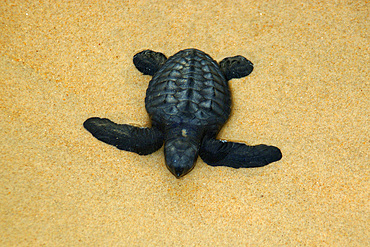
Olive ridley turtle hatchling, Lepidochelys olivacea, Costa do Sauipe, Bahia, Brazil (South Atlantic)
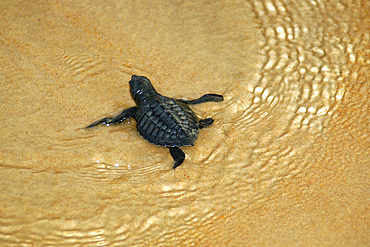
Olive ridley turtle hatchling, Lepidochelys olivacea, Costa do Sauipe, Bahia, Brazil (South Atlantic)
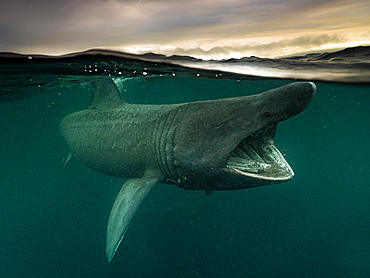
Split shot of a Basking Shark (Cetorinus Maximus) in Gunna Sound, Isle of Colll, Scotland. It's mouth is gaping as it feeds. Clouds are lit with the setting sun in the background.

Gnu, Blue Wildebeest (Connochaetes taurinus), gnu migration, gnus crossing the Mara River, Masai Mara, Kenya

Gnu, Blue Wildebeest (Connochaetes taurinus), gnu migration, gnu jumping into the Mara River, Masai Mara, Kenya

Blueback salmons (Oncorhynchus nerka) trying to conquer the waterfall upwards, Brooks River, Brooks Falls, Katmai National Park, Alaska, USA
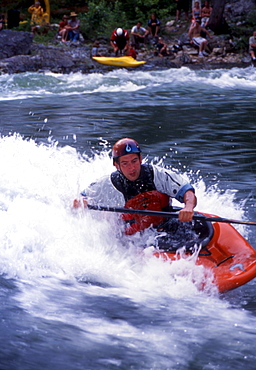
James Mole, professional kayaker... Every year, hardcore whitewater fanatics migrate to the riverside community of Kingfisher, British Columbia to play in the Shuswap River on one of the finest natural standing waves the province has to offer. This collection of images were taken over a hot July weekend during the 2003 Annual Kayak Rodeo competition.
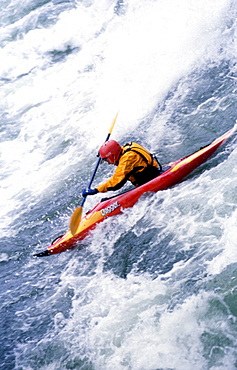
Every year, hardcore whitewater fanatics migrate to the riverside community of Kingfisher, British Columbia to play in the Shuswap River on one of the finest natural standing waves the province has to offer. This collection of images were taken over a hot July weekend during the 2003 Annual Kayak Rodeo competition.
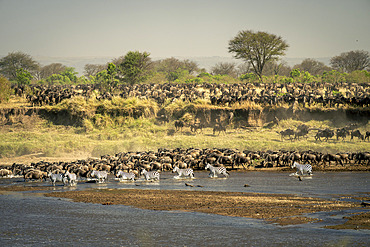
Scenic view of a large herd of blue wildebeest (Connochaetes taurinus) near shore of river while a group of plains zebra (Equus quagga) cross the water, Serengeti National Park, Tanzania, Africa

Scenic view of a large herd of blue wildebeest (Connochaetes taurinus) crossing Mara in two lines, Serengeti National Park, Tanzania, Africa

Panorama of blue wildebeest (Connochaetes taurinus) on horizon at sunset in Serengeti National Park, Tanzania
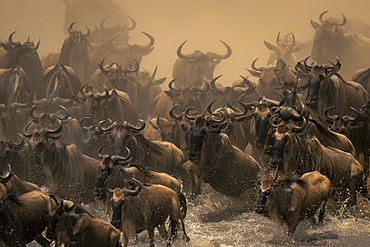
Close-up view of a large herd of blue wildebeest (Connochaetes taurinus) crossing the Mara River in dust clouds, Serengeti National Park, Tanzania, Africa
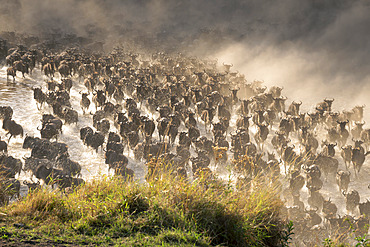
Slow pan view of a large herd of blue wildebeest (Connochaetes taurinus) rushing across a stream in dust clouds, Serengeti National Park, Tanzania, Africa

Three caribou (Rangifer tarandus) walk by oil storage tanks near Prudhoe Bay and the Point Lonely Short Range Radar Site, where the Central Arctic herd migrates north each summer, Alaska, United States of America
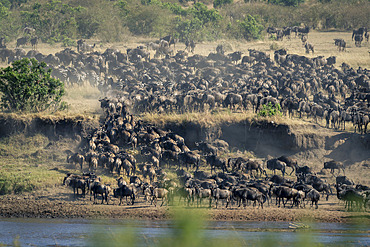
Scenic view of a large herd of blue wildebeest (Connochaetes taurinus) near shore of river with a group of plains zebra (Equus quagga) in Serengeti National Park, Tanzania
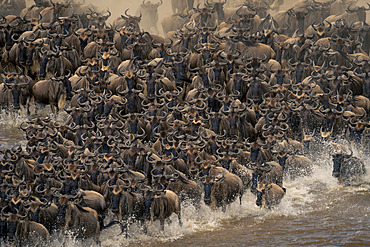
Close-up view of a herd of blue wildebeest (Connochaetes taurinus) crossing the Mara River in large numbers, Serengeti National Park, Tanzania, Africa
